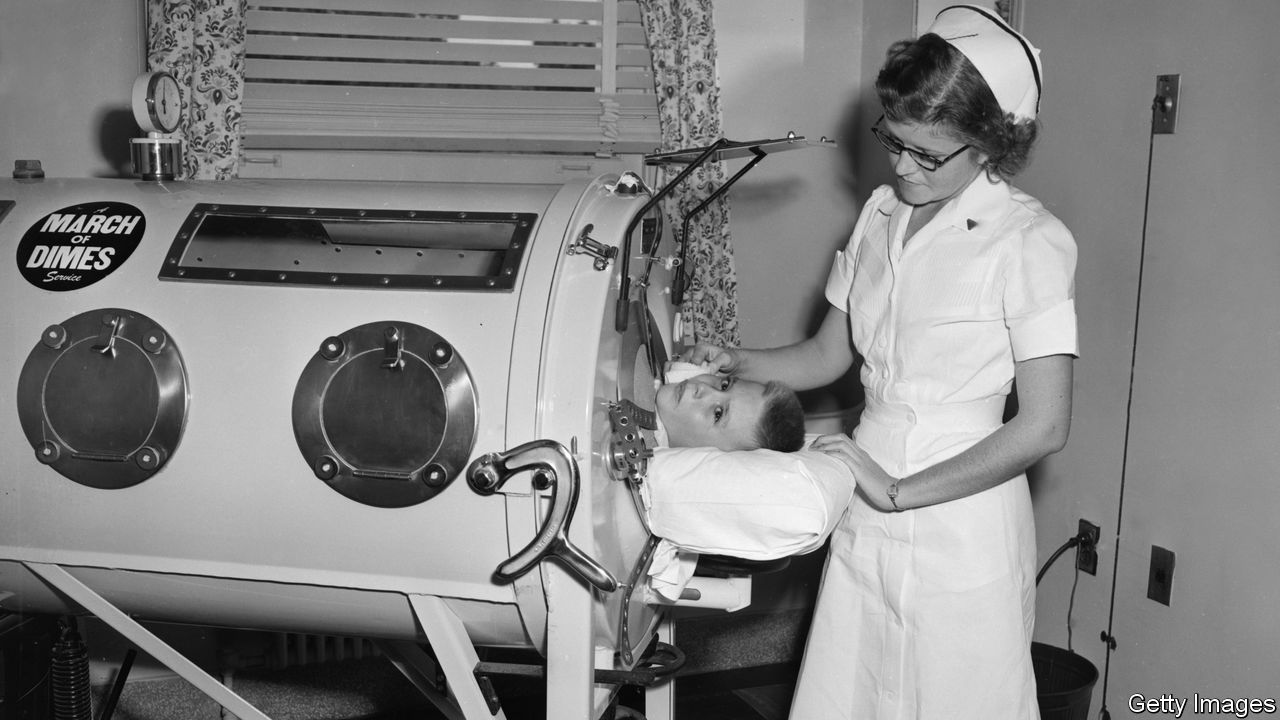
DiYES International School – Polio was once a terrifying threat that changed the lives of thousands of families across America. Children lined up in schools with sleeves rolled up, hoping for safety from a disease that had already paralyzed many of their peers. In the spring of 1954, the introduction of the Salk vaccine marked a turning point. For some, it came too late. Many survivors bore physical reminders of their illness, such as braces, wheelchairs, or deformed limbs.
The arrival of a vaccine brought hope, but also anxiety about becoming forgotten relics of a previous era. One survivor remembered fearing the end of visibility for those who had suffered. Despite that fear, the moment was a victory. Jonas Salk became a national hero when he refused to patent the vaccine. He asked, Could you patent the sun? The question set a standard of generosity that stood out in the often competitive world of scientific discovery.
Polio hit its peak in the early 1950s, with more than 57,000 cases reported in the United States in 1952 alone. Children filled hospital wards, some next to iron lungs used to help them breathe. The virus attacked indiscriminately, and while some experienced mild symptoms, others faced lifelong paralysis or death. The race to stop the disease involved two major figures: Jonas Salk and Albert Sabin. Both men had different approaches. Salk believed in injecting a killed virus to trigger immunity. Sabin wanted to use live attenuated virus on a sugar cube. The world watched as their methods were tested. Polio had devastated communities, and the urgency to find a solution inspired intense focus and fierce commitment. Salks method gained approval first. Field trials involving more than a million children were conducted. Though not without setbacks, the trials confirmed the vaccines effectiveness, ushering in a new era of disease prevention.
“Read about: Wave of MBG Food Poisonings Triggers Emergency Sanitation Forum in Bulungan”
The vaccine would not have been possible without earlier discoveries. In 1947, researchers John Enders, Tom Weller, and Fred Robbins proved that poliovirus could grow in kidney tissue, not just nerve tissue. This allowed the virus to be cultivated safely and in large quantities. Salk took these findings and began typing the virus, determining that there were three distinct strains. His work required tens of thousands of monkeys, costing millions of dollars.
The virus strains were named Mahoney, Saukett, and one from a British soldier. Each had unique characteristics and levels of severity. One could cause mild symptoms, another paralysis, and the third was often fatal. Salk selected the strains for the vaccine carefully. He then used formaldehyde to inactivate the virus, tinkering with the chemical ratios to balance safety and effectiveness. A color test was developed to identify live virus. Slowly, the vaccine began to take shape, one painstaking step at a time.
“Read more: She Did It Again! Taylor Swift Stuns With Playful ‘Life of a Showgirl’ Performance”
Before distributing the vaccine widely, Salk tested it on human volunteers. He vaccinated himself and his three sons. He then tested the vaccine at institutions in Pennsylvania with children who had cognitive disabilities. The team kept these trials secret to avoid raising false hope. After they confirmed successful results, a national campaign began. The March of Dimes, established by Franklin D Roosevelt to fund polio research, raised 55 million dollars to support the effort.
Mothers knocked on doors to collect donations. Field trials expanded to include over a million children. The results were clear. The vaccine was both safe and effective. But not everything went smoothly. In 1955, the Cutter Incident caused several children to contract polio from improperly handled vaccines. The mistake shocked the public and devastated Salk. New safety protocols were implemented. Despite the setback, the campaign moved forward. Parents continued to trust the science.
Polio survivors today serve as living reminders of what science has achieved. Although many continue to experience post-polio symptoms due to aging and overworked nerves, they also reflect the miracle of their survival. One survivor recalled being nicknamed Screaming Mimi due to her spirited personality. Despite living with a disability, she went on to write books, raise children, and live a full life. Watching her own children receive the Sabin sugar cube vaccine brought a flood of emotions. The Cutter Incident may have cast a shadow, but the overall impact of vaccination remained overwhelmingly positive. Salks and Sabins contributions changed history. Their efforts, along with countless researchers and fundraisers, showed what humanity could accomplish through compassion and science. Today, vaccines continue to face skepticism. But those who remember the dark days of polio know the truth. Vaccines are miracles crafted by people who refuse to stop searching for hope.
This article is sourced from www.thebulwark.com and for more details you can read at diyesinternational
Writer: Sarah Azhari
Editor: Anisa